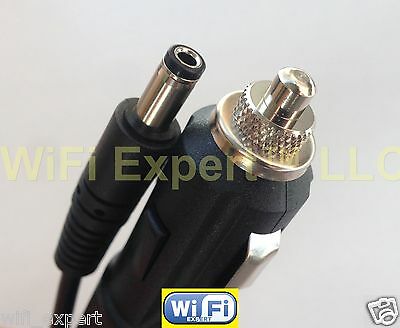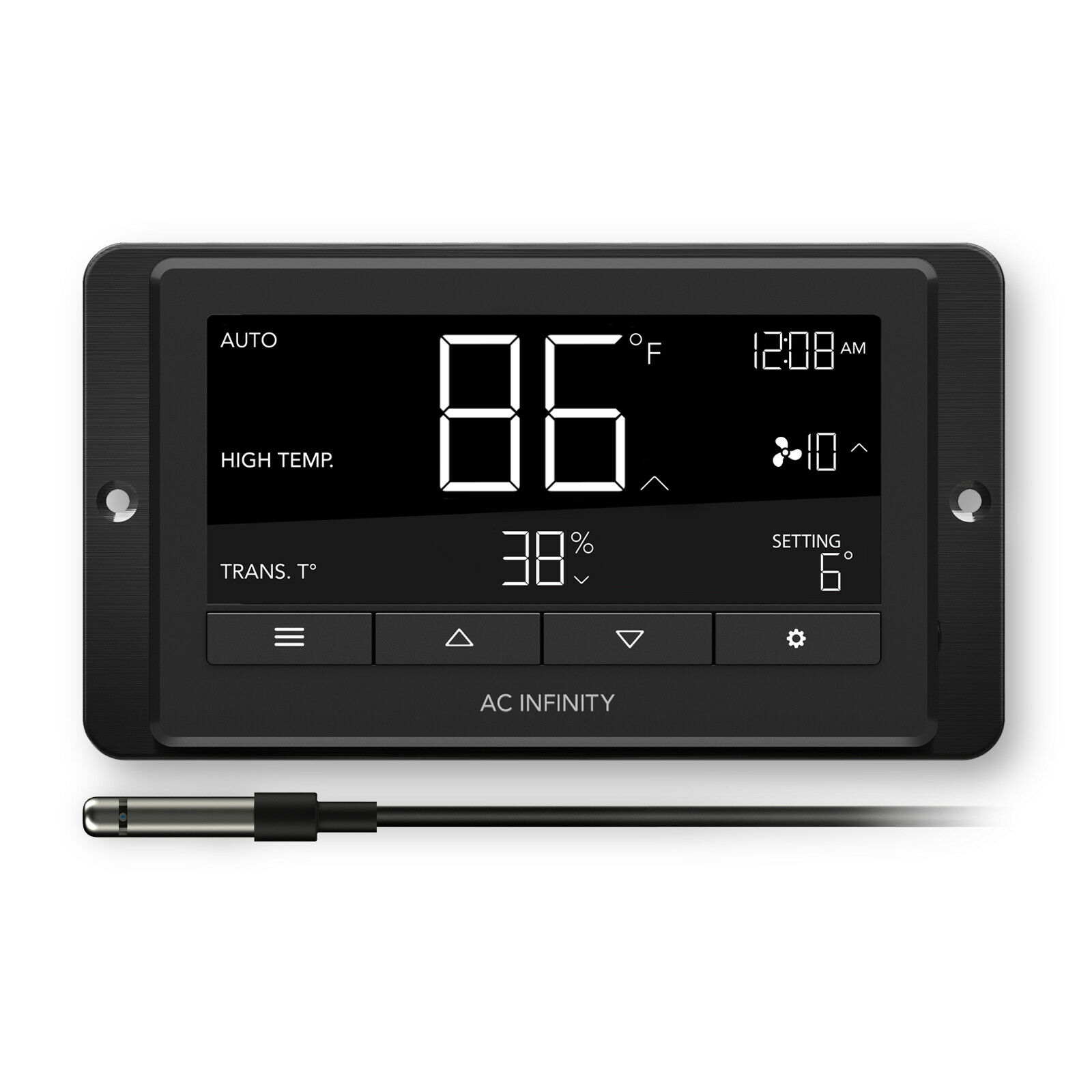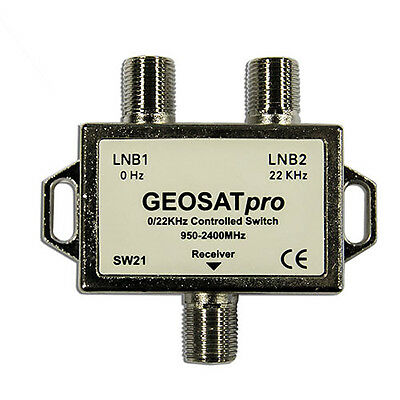-40%
Surround Sound Setup, Test & REFERENCE DISC CD NEW
$ 18.45
- Description
- Size Guide
Description
Lasertrak CD2500 Surround Test CD (DTS) Check 5.1 & 7.1 Surround SystemsCLICK HERE TO SAVE MORE!!! GET THE 5-DISC SET!
Like the famous Lasertrak CD2000, but for Surround Sound, Lasertrak CD2500 is a no-nonsense Surround Sound Testing CD designed specifically for testing 5.1 surround systems and also used for testing 7.1 surround. (NOTE: THERE REALLY IS NO 7.1 PROGRAM MATERIAL. 7.1 MEANS THAT THE PROCESSOR CONVERTS 5.1 MATERIAL TO 7.1 BY SYNTHESIZING EXTRA CHANNELS.) Now you can take the guesswork out of DTS surround system setup, calibration and testing with the Lasertrak CD2500 Surround Test CD by Mediamaster. The Full-length, program couples surround audio test signals, surround audio setups and useful diagnostics in a concise way. The Lasertrak CD2500 Surround Test CD is sure to be a favorite for achieving "sonic certainty" in Theaters, studios, home theaters, and field tour surround systems.
How is this CD different from standard digital audio CDs?. First, Lasertrak CD2500 must be played in a CD player with a digital output. Second, the CD player must be decoded using a surround receiver/decoder equipped with DTS decoding circuitry. Third, the tests are encoded for 6 discrete channels (Front Left, Center, Front Right, Surround Rear Left, Surround Rear Right and an independent SubWoofer). The CD is engineered to verify correct decoding of Surround Receivers. (Note: Your system must decode DTS surround for this CD to play correctly.
Tracks Included:
NOTE CONCERNING SUB-WOOFER TESTS - Tests involving the sub-woofer may not be intelligible.
This is due to the fact that most sub-woofers are designed to reproduce only the lowest of frequencies.
Because of this, you may only hear rumble during the announcers text. This is normal. However, you
will hear the announcers text on the sub-low frequency test (Track 42) as it will be reproduced by the other
speakers in the system. The sub-low tone of 30 Hz will be produced only by the sub-woofer. Finally, the
level set using 1 kHz test tone may not be heard on sub-woofer. This is normal.
1. Innermost Edge of the playable tracking area. This track indicates the very edge (center) of the
disc. Its' purpose is to verify the laser pickup can play from the innermost edge of the disc. If you hear
the words "This is the innermost edge of the playable tracking area." It means that your player is tracking
correctly at the extreme inner edge of the disc.
2. Introduction to Lasertrak CD2500 Encoded Compact Disc - This DTS CD includes standardized
audio level sets engineered to help you test, tune, tweak and otherwise verify optimal performance of
your DTS 5.1 surround audio system. Using a unique combination of audio setups, digital test signals
and audio spectrum noise and tone bursts, Lasertrak CD2500 steps you through the process of setup
and trouble-shooting DTS audio. Use this CD whenever you need to verify your system connections, level
sets or reponse.
3. Listening Level Setup - 1 kHz at 0 V.U. Reference Level (-14 dB below digital peak) Before
beginning the testing, you'll need to set a listening level for your system. Set your volume control to a
comfortable monitoring position.
4. Channel Check Testing Introduction - Tracks 5 thru 10 may be used to veriify correct interconnects
between your DTS output device and speakers. Listen carefully as the announcer identifies each
channel. Use each check to make sure you hear the correct channel identification coming from the
speaker producing sound. This test will help you verify correct channel connections. It is at this point
you should make the necessary changes to correct any interconnect descripencies.
5. Channel Check Front Left Channel - You should hear the announcer through the FRONT LEFT
LOUDSPEAKER ONLY
6. Channel Check Center Channel - You should hear the announcer through the CENTER
LOUDSPEAKER ONLY
7. Channel Check Front Right Channel - You should hear the announcer through the FRONT-RIGHT
LOUDSPEAKER ONLY
8. Channel Check Surround Left Channel - You should hear the announcer through the REAR/
SURROUND LEFT LOUDSPEAKER ONLY
9. Channel Check Surround Right Channel - You should hear the announcer through the REAR/
SURROUND RIGHT LOUDSPEAKER ONLY
10. Channel Check SubWoofer Low Frequency Channel - You should hear the announcer through
the SUBWOOFER ONLY
11. Balance Test Front Channel Introduction - This is a "stereo" balance test of the front left and
right speakers ONLY. The center channel is muted. Use this test to verify stereo balance between the
front left and right speaker. Stand approximately 5 feet from the speakers. Position yourself so as to
have an equal distance between your left ear and left speaker and right ear and right speaker. If your
stereo balance is correct, the sound should be perceived as coming from "dead" center between the left
and right loudspeakers.
12 Balance Test Front Channel - Front Channel Balance Check - The announcer's voice should
sound perfectly centered between the left and right front channel loudspeakers.
13. Balance Test Rear Channel Introduction - This is a "stereo" balance test of the surround (rear)
left and right speakers ONLY. Use this test to verify stereo balance between the surround (rear) left and
right speakers. Stand approximately 5 feet from the speakers. Position yourself facing the front
channels so that the sound is coming from behind you. You should have an equal distance between your
left ear and left surround speaker and right ear and right surround speaker. If your surround stereo
balance is correct, the sound should be perceived as coming from "dead" center directly behind your
head.
14 . Balance Test Rear Channel - Left and Right Rear Surround Speakers Only.
The announcer's voice should sound perfectly centered, behind you, between both rear/surround
loudspeakers.
15. Level Set Introduction - Tracks 16 -21 may be used to set precise levels for each speaker. Each
sine wave tone is recorded at -14dB below digital peak. For this test, a sound pressure level meter or
other level reading device may be used to verify individual channel output. The key here is to take
consistent measurements so as to accurately define the level being reproduced by each speaker. The
technique for taking readings is not as important as being consistent with each reading.
For example: If one places a spl meter facing a speaker at a distance of let's say 2 feet, be sure that each
speaker is also tested using the same setup.
16. Level Set - Front Left Channel - 1 kHz at -14dB Below Digital Peak 0 V.U. Reference
17. Level Set - Center Channel - 1 kHz at -14dB Below Digital Peak 0 V.U. Reference
18. Level Set - Front Right Channel - 1 kHz at -14dB Below Digital Peak 0 V.U. Reference
19. Level Set - Surround Left Channel - 1 kHz at -14dB Below Digital Peak 0 V.U. Reference
20. Level Set - Surround Right Channel - 1 kHz at -14dB Below Digital Peak 0 V.U. Reference
21. Level Set - Sub-Woofer Channel - 1 kHz at -14dB Below Digital Peak 0 V.U. Reference
(This tone may not be audible, but is provided as a means of testing pre-crossover level on for
those who are able to measure this way.)
22. Phase Testing - Phase tests will help determine the stereo phase condition of your front and
surround DTS left and right speaker pairs. Phase problems can have a dramatic affect on the DTS
surround listening experience. Simple mistakes in wiring may cause phase reverse, resulting in phase
cancellation, and abnormal frequency response. Listen carefully as the announcer demonstrates phase
conditions both in and out of phase. Notice that the 180 DEGREE OUT OF PHASE signal sounds hollow
and non-direction, while the IN PHASE SIGNAL sounds centered and directional with normal frequency
response. Also, if an OUT OF PHASE signal is played monophonically, the sum of the left and right
channels will cancel each other out, thus presenting no audible signal.
23. Front Left and Right Channel Phase Test - In Phase
24. Front Left and Right Channel Phase Test - 180 Out of phase
25. Rear Surround Left and Right Channel Phase Test - In Phase
26. Rear Surround Left and Right Channel Phase - Test 180 Out of Phase
27. Standard Level Sets Intro
28. Standard Level Sets - 400 Hz
29. Standard Level Sets - 1kHz (1000 Hz)
30. High Frequency Test - Tests 31 thru 35 may be used to determine the high frequency ( treble)
reproduce characteristics for each speaker in your system. Listen for any distortions. By listening to the
pure sine wave determine whether or not you hear distortion or no sound at all. A measuring device such
as a real-time analyzer, spl meter or amplitude metering device may be useful for this test.
31. High Frequency Test - Front Left Channel - 10 kHz at -10dB Below Operating Level
32. High Frequency Test - Center Channel - 10 kHz at -10dB Below Operating Level
33. High Frequency Test - Front Right Channel - 10 kHz at -10dB Below Operating Level
34. High Frequency Test - Surround Left Channel - 10 kHz at -10dB Below Operating Level
35. High Frequency Test - Surround Right Channel - 10 kHz at -10dB Below Operating Level
36. Low Frequency Test Introduction - The following tests are used to determine the low frequency or
bass reproduce charateristics of each speaker in your system. Listen for any distortions.
37. Low Frequency Test - Front Left Channel - 100 Hz at 10dB Below Operating Level
38. Low Frequency Test - Center Channel - 100 Hz at 10dB Below Operating Level
39. Low Frequency Test - Front Right Channel - 100 Hz at 10dB Below Operating Level
40. Low Frequency Test - Surround Left Channel - 100 Hz at 10dB Below Operating Level
41. Low Frequency Test - Surround Right Channel -100 Hz at 10dB Below Operating Level
42. Sub-Low Frequency Test - Sub-woofer - 30 Hz at 10dB Below Operating Level
43. Rattle/Vibration Diagnostic- Using a slow sine wave frequency sweep, this test is used as a means
of pin-pointing harmonic vibrations in your listening enviroment. Use it to find and dampen objects such
as vibrating and rattling windows, furniture, shelving, flooring, light fixtures and other objects prone to rattle
at specific frequencies. Performing this test can greatly improve your DTS listening experience.
44. Frequency Sweep - Rattle/Vibration Diagnostic - 20,000 Hz Sweep to 15 Hz
45. Frequency Sweep - Rattle/Vibration Diagnostic - 15 Hz Sweep to 20,000 Hz
46. Standard Test Tones Introduction - The following are Sine wave test tones. They are useful in
further system evaluations. Each is recorded at 10 dB below operating level. The tones are configured to
play through all 6 speakers simultaneously. To test the speakers individually, simply disconnect the
speakers you do not want to hear.
47. 10 Hz at -10 dB below Operating level
48. 20 Hz at -10 dB below operating level
49. 40 Hz at -10 dB below operating level
50. 60 Hz at -10 dB below operating level
51. 80 Hz at -10 dB below operating level
52. 100 Hz at -10 dB below operating level
53. 200 Hz at -10 dB below operating level
54. 400 Hz at -10 dB below operating level
55. 600 Hz at -10 dB below operating level
56. 800 Hz at -10 dB below operating level
57. 1000 Hz at -10 dB below operating level
58. 2000 Hz at -10 dB below operating level
59. 3000 Hz at -10 dB below operating level
60. 4000 Hz at -10 dB below operating level
61. 5000 Hz at -10 dB below operating level
62. 6000 Hz at -10 dB below operating level
63. 7000 Hz at -10 dB below operating level
64. 8000 Hz at -10 dB below operating level
65. 9000 Hz at -10 dB below operating level
66. 10000 Hz at -10 dB below operating level
67. 11000 Hz at -10 dB below operating level
68. 12000 Hz at -10 dB below operating level
69. 13000 Hz at -10 dB below operating level
70. 14000 Hz at -10 dB below operating level
71. 15000 Hz at -10 dB below operating level
72. 16000 Hz at -10 dB below operating level
73. 17000 Hz at -10 dB below operating level
74. 18000 Hz at -10 dB below operating level
75. 19000 Hz at -10 dB below operating level
76. 20000 Hz at -10 dB below operating level
77. Octave Burst Intro
78. Octave Burst - 31.25 Hz, 62.5 Hz, 125 Hz,250 Hz,500 Hz, 1kHz, 2kHz, 4kHz, 8kHz,16kHz
79. Pink Noise Intro -
80. Pink Noise Cycles Through each channel.
81 Digital Silence Introduction -
Track 82 is five minutes of absolute digital silence. Although the CD will continue to play you should
hear no sound. Use this track to determine whether or not noise such as hum or buzz is being produced
by your system during play. If you hear any signal coming from any of your speakers during this test you'll
know it's not being cause by the CD.
82. Digital Silence - Track









